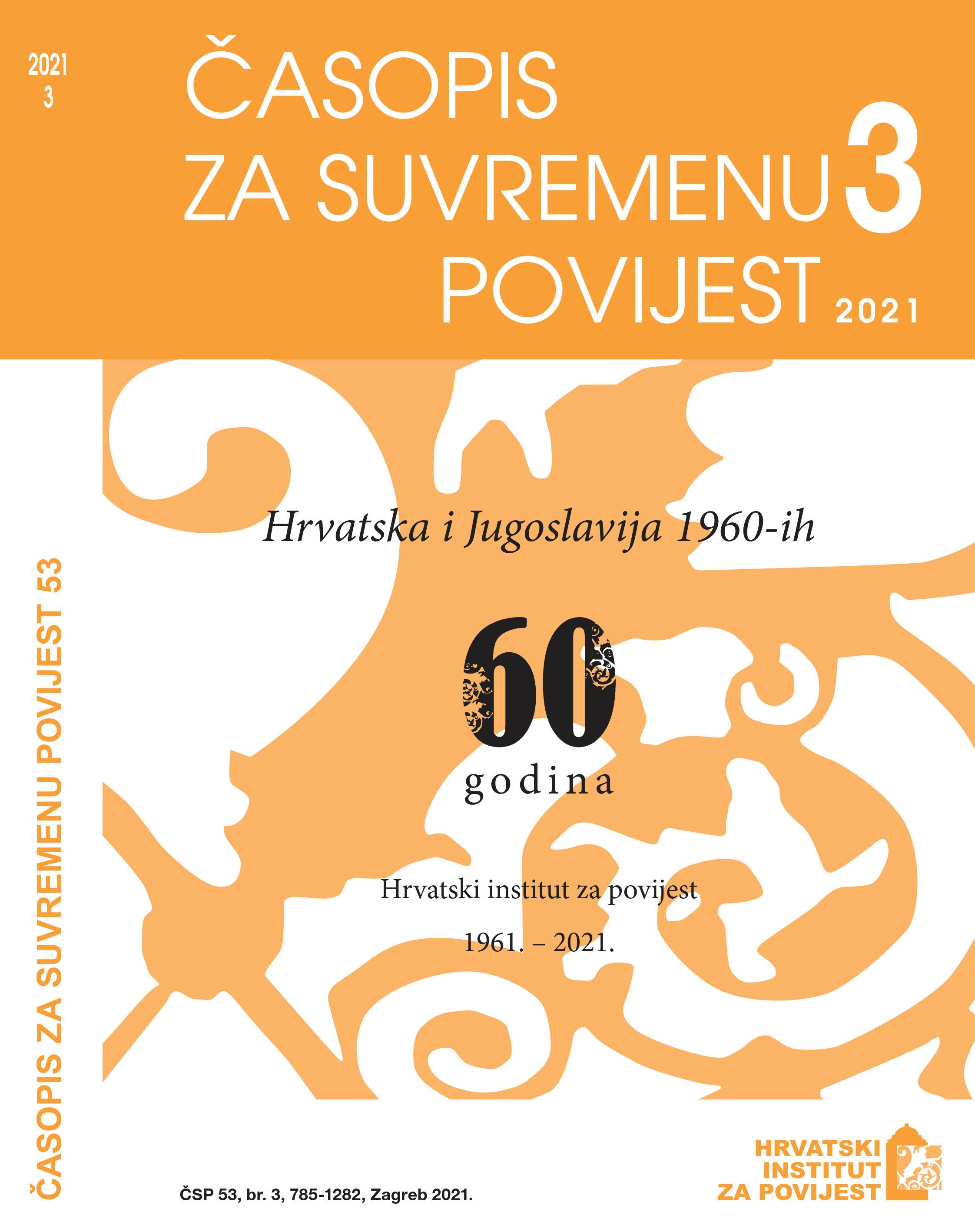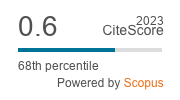The Urban Development Programme of the City of Zagreb of 1965: Creation, Planning, and Realisation
DOI:
https://doi.org/10.22586/csp.v53i3.17956Keywords:
Zagreb; Croatia; Yugoslavia; socialism; urban planning; Zdenko Kolacio; urban planning programme; regulatory basisAbstract
The first urban planning document adopted after World War II that regulated the urban development of Zagreb was the ‘Urban Development Programme of the City of Zagreb: Guidelines for Development’ (1965). The document was proposed in 1963 and adopted in 1965, and is considered to be the successor of earlier urban development plans (1940) and proposals (1949 and 1953). The programme was developed by the Urban Planning Institute of Zagreb, headed by its director and chief designer, Zdenko Kolacio. The development of the programme met with numerous technical and financial difficulties; this paper analyses how successful its realisation was and what solutions it offered. In socialist Yugoslavia, urban planning was subordinated to socio-economic development and had the role of offering a spatial-technical basis for economic development (industrialisation), which was to be followed by social development. This notion is rooted in the document ‘Urban Planning Programme of the City of Zagreb’, which clearly defined the elements of social planning. The way in which social and urban planning intertwine, complement and/or condition each other is described in this paper.
Zdenko Kolacio and his associates made a primarily urban planning document, though they had to insert elements of social planning in some segments. The main characteristics of this urban planning programme are continuity, realism, the presence of leitmotifs, and excessive technical optimism. Kolacio and his associates produced a strong planning document that was devoted to the introduction and preservation of regularity/orderliness/order and the removal of chaos from the existing and newly-built city spaces. In times when the vast majority of the population were hostile towards urban planning because it allegedly threatened their hard-won proprietary rights, Kolacio and his associates left behind a shining example of a planning document that serves as a reminder of the times when urban planning was a highly-regarded professional activity focused on the preservation and rational use of public space.
Downloads
Published
How to Cite
Issue
Section
License
Copyright (c) 2021 authors and journal

This work is licensed under a Creative Commons Attribution-NonCommercial 4.0 International License.
Copyright holders are the publisher Croatian Institute of History and the authors. Journal of Contemporary History is an Open Access journal. Users are allowed to read, download, copy, redistribute, print, search and link to material, and alter, transform, or build upon the material, or use them for any other lawful purpose as long as they attribute the source in an appropriate manner according to the Creative Commons licence CC BY-NC. The papers published in Journal of Contemporary History can be deposited and self-archived in the institutional and thematic repositories providing the link to the journal's web pages and HRČAK. Journal does not charge article processing charges (APC). The editors assume no responsibility for statements of fact or opinion made by contributors.




